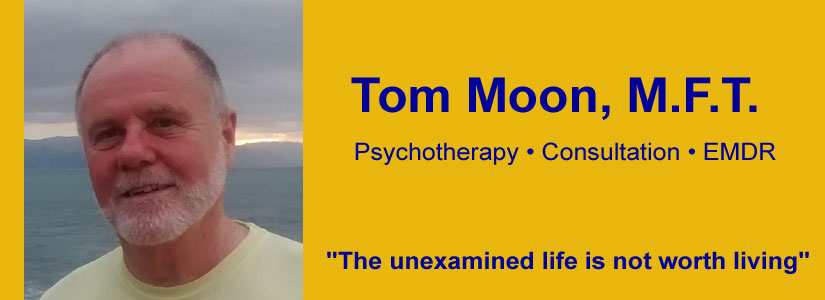If you’ve followed the series this far, you may be wanting to forgive someone who has harmed you, but wonder how to go about doing it. The five-step approach described below is adapted from a research-based process developed by Dr. Robert Enright at the University of Wisconsin. I highly recommend his book, Forgiveness is a Choice to anyone who wants to explore the path of forgiveness more deeply.
Forgiveness is a conscious, deliberate decision to let go of anger and the desire for vengeance against those who have harmed you, regardless of whether they actually deserve it. It doesn’t mean forgetting or glossing over the seriousness of the offense. Forgiveness doesn’t work as an emotional bypass: the pain of the offense must be thoroughly acknowledged and felt before authentic forgiveness can begin.
But while forgiving doesn’t mean denying, forgetting, or minimizing, it does require of us that we let go of our loyalty to our suffering. There’s a widespread delusion that we somehow protect ourselves from harm by holding onto anger, when in fact all we do is keep our wounds open. The Buddha compared holding onto anger to grasping hot coals with the intention of throwing them at someone else. When you do that, all you do is burn yourself. The first step in forgiveness, then, is to sense the weight of the corrosive anger that you keep alive by refusing to forgive, and realize that it’s not in your best interest. Imagine what it would feel like to feel the peace of mind that you’d have if you were free of this burden. See forgiveness as an act of self-compassion.
The second step is to set a conscious intention to forgive. Decide that you’re no longer willing to be a victim by continuing to allow your thoughts and memories of your offender torment you and deprive you of happiness. By setting a clear intention, you also set the compass of your heart. When you know where you’re going you’ll recognize what supports you on your journey and what doesn’t.
Third, see the big picture. Every life includes experiences of hurt and betrayal. It’s the inevitable price of being alive. In this sense, your pain is not just yours, it is the pain of humanity. When you see it this way, your pain no longer separates you, but connects you to everyone through your capacity for compassion.
Fourth, focus on the specific person who harmed you, and instead of seeing this person from the outside as an evil “other,” feel into his or her humanity. Try to understand the causes and conditions in their life that led them to act in the way that they did, not to make excuses for them, but to find compassion for the blindness and suffering in them that made them act toward you the way they did.
Finally, in your mind’s eye, imagine your offender in front of you. Speak to this person as if he or she is actually present and offer them forgiveness. Feel the relief that follows when you let go, even for a moment, of your grudge against them. The first time you do this, you may not feel forgiving. In fact, you may feel intense resistance or an upwelling of anger. If that happens, focus your attention on yourself, breathe deeply, and offer yourself acceptance. If you are feeling self-critical, offer yourself forgiveness for being harsh toward yourself.
Forgiveness is a path, not a single act, and you may have to go through these steps many times before it begins to grow. It’s hard work. But the ultimate prize is worth it – the discovery that there are resources in your heart that are deeper and stronger than any injury.
